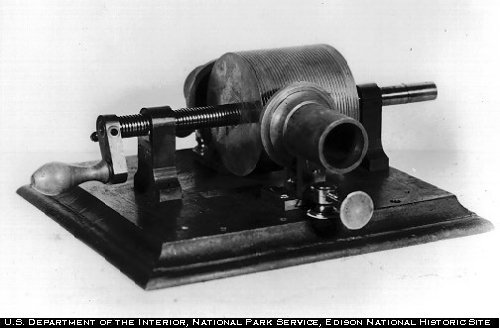Я не раз обращался к теме музыкальных редакторов системы «трекер». Казалось бы, сколько можно, горшочек, не вари. Но этих программ насчитывается сотни, и несмотря на сходство до степени смешения, созданы они с разными намерениями, посвящены решению различных задач, а к их появлению привели исторические причины разной степени занимательности. В то же время, эта нишевая тема, развивавшаяся десятилетиями, почти не имела выхода за пределы специализированных сообществ в формате обзорных публикаций для массового читателя. А значит, можно и нужно продолжать её раскрывать.
Сегодня уделю пристальное внимание явлению «кросс-трекеров» — программ для современных ПК и операционных систем типа Windows и Linux, позволяющих создавать музыку для различных старых компьютеров, игровых приставок и прочих подобных устройств, а точнее, для их музыкальных синтезаторов. Зачем, почему, что происходит, кто здесь — как обычно, сейчас разберёмся во всех этих животрепещущих вопросах.




















